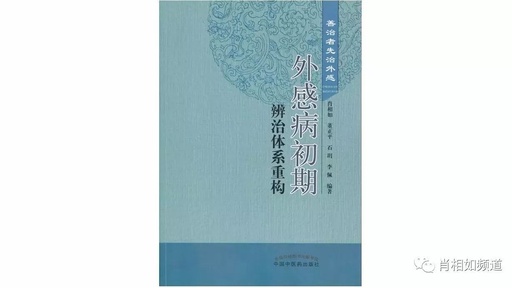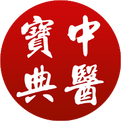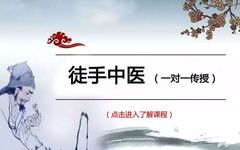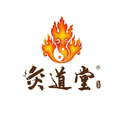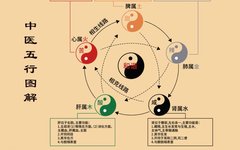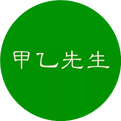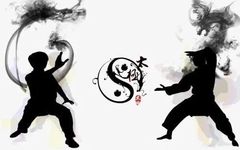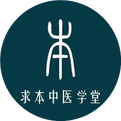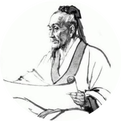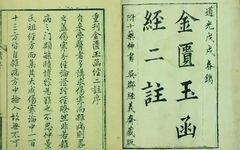Effective Treatment Begins with Understanding External Pathogenic Factors
Introduction:This is the preface of the book “Reconstruction of the Diagnostic and Treatment System for Early External Pathogenic Diseases” published by Teacher Xiao in 2015, and it is also the second gift from the public account to friends in 2018 — making friends through books, isn’t that delightful! As the saying goes, “Effective treatment begins … Read more

